Annual Visit to Macaronesia - São Miguel

What exactly is Macaronesia, and where is São Miguel?
What are the Azores? Just a few of the questions I normally get when I tell people where I'm off to. At this point, I do consider myself a self-claimed ambassador of the Azorean archipelago purely by the number of people I motivate to visit. That’s what happens if you truly enjoy your time at a place. Being a nomad—your "life cycle" is different from that of tourists. Returning to a place feels more like a possibility as your travels extend over a prolonged period. You will find places where you like to spend your summers, winters, or springs. Or perhaps an entire year. You will know where to rent your scooter and have morning coffee or dinner. You will always be lured back because you know exactly what you’ll get.
Macaronesia, Açores & São Miguel
The Azores, or as spelt correctly in Portuguese, Açores, is a volcanic archipelago located in the northern Atlantic Ocean. It is a partially independent region of Portugal with its local government and laws but fully part of the EU. These islands belong to an area called "Macaronesia" which includes other volcanic archipelagos in the Atlantic, like Madeira, the Canary Islands, and Cabo Verde.

European Macaronesia
Macaronesia and Micronesia are often confused due to their similar-sounding names, but they are worlds apart. Macaronesia, located in the Atlantic Ocean, comprises volcanic islands formed millions of years ago, while Micronesia is a region in the Pacific Ocean made up of thousands of small islands and atolls. Unlike the Macaronesian islands, which have a temperate climate, Micronesia is tropical and humid. The history of these regions is also distinct. While Micronesia has been inhabited by indigenous populations for millennia, Macaronesia was uninhabited before the arrival of European explorers. Despite that, signs & cave marks hint at the possibilities of ancient civilizations living on these islands. There is also a speculation that the Azores is a place, where the mythical Atlantis disappeared. The story is described by my friends Luis & Maria in their documentary A World out of Time - Azores: Echoes of the Forgotten Past.
The Azorean Islands may be the most underrated or overlooked of the Macaronesian archipelagos. The Canary Islands have long been considered to have the best weather in all of Europe, Cabo Verde is one of the closest exotic destinations for Europeans, and Madeira has been considered a pearl of the Atlantic for some time, growing significantly in visitors' eyes over the past decade.
How about these nine islands, somewhat abandoned in the middle of nowhere?
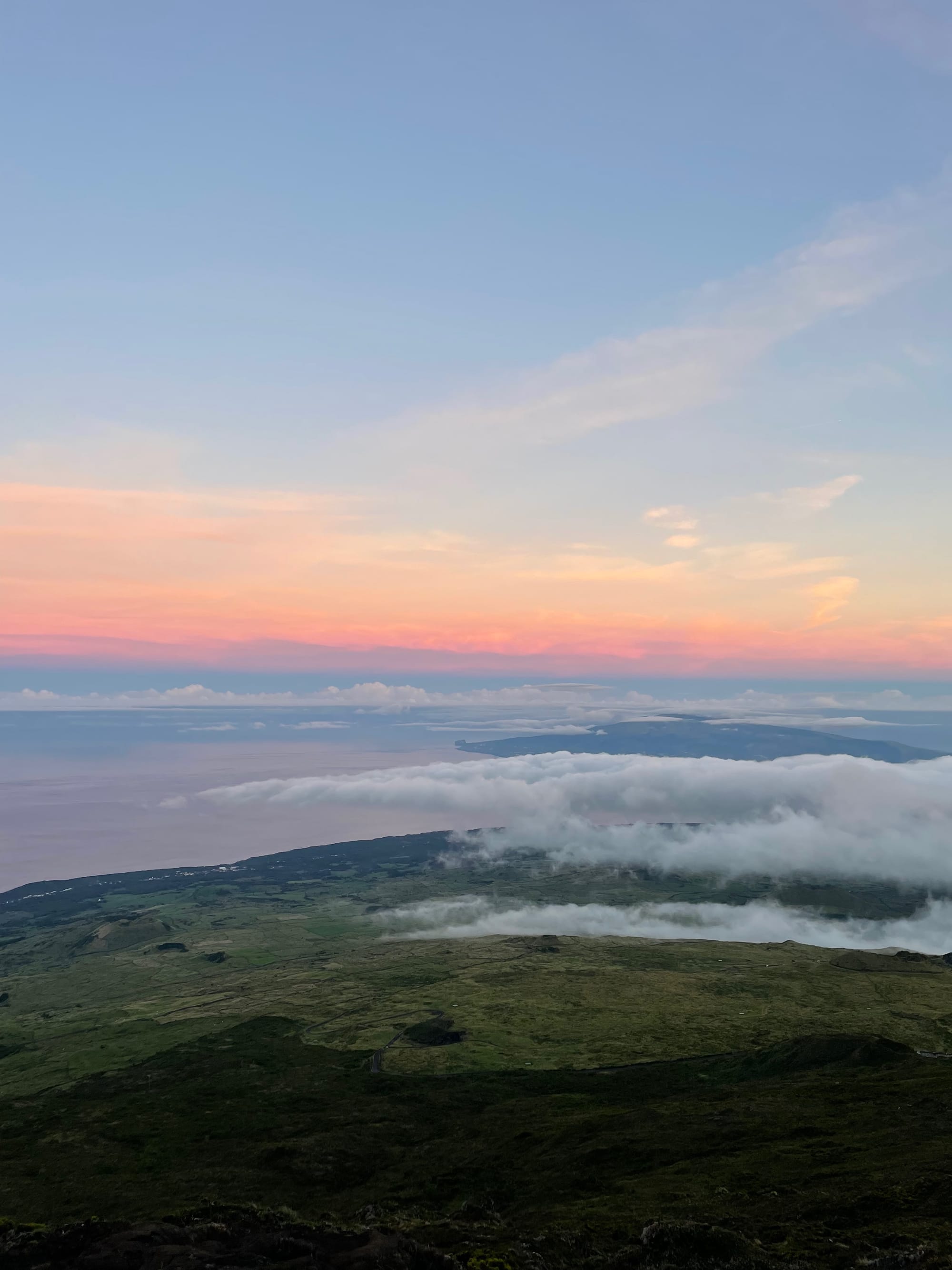
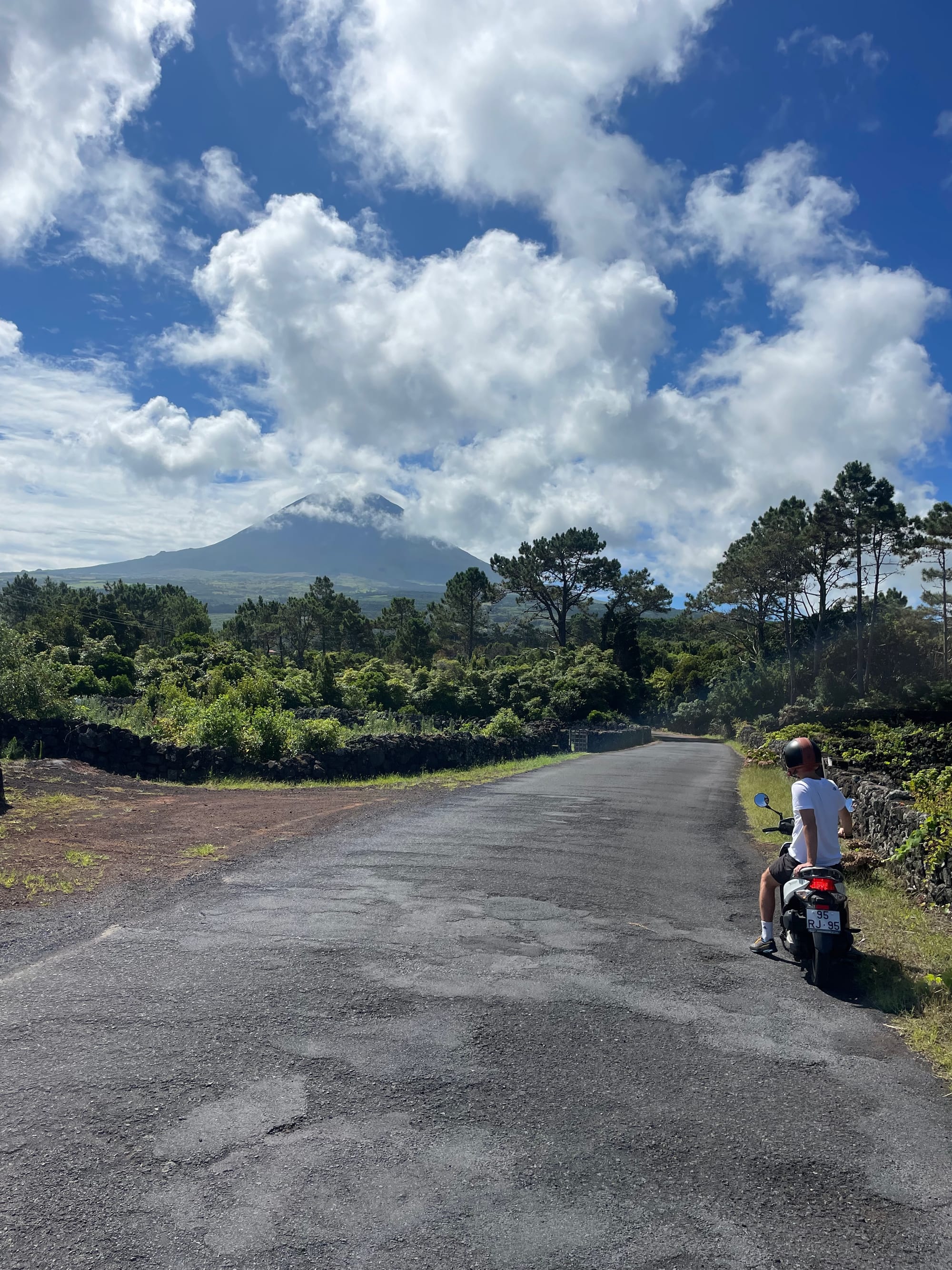
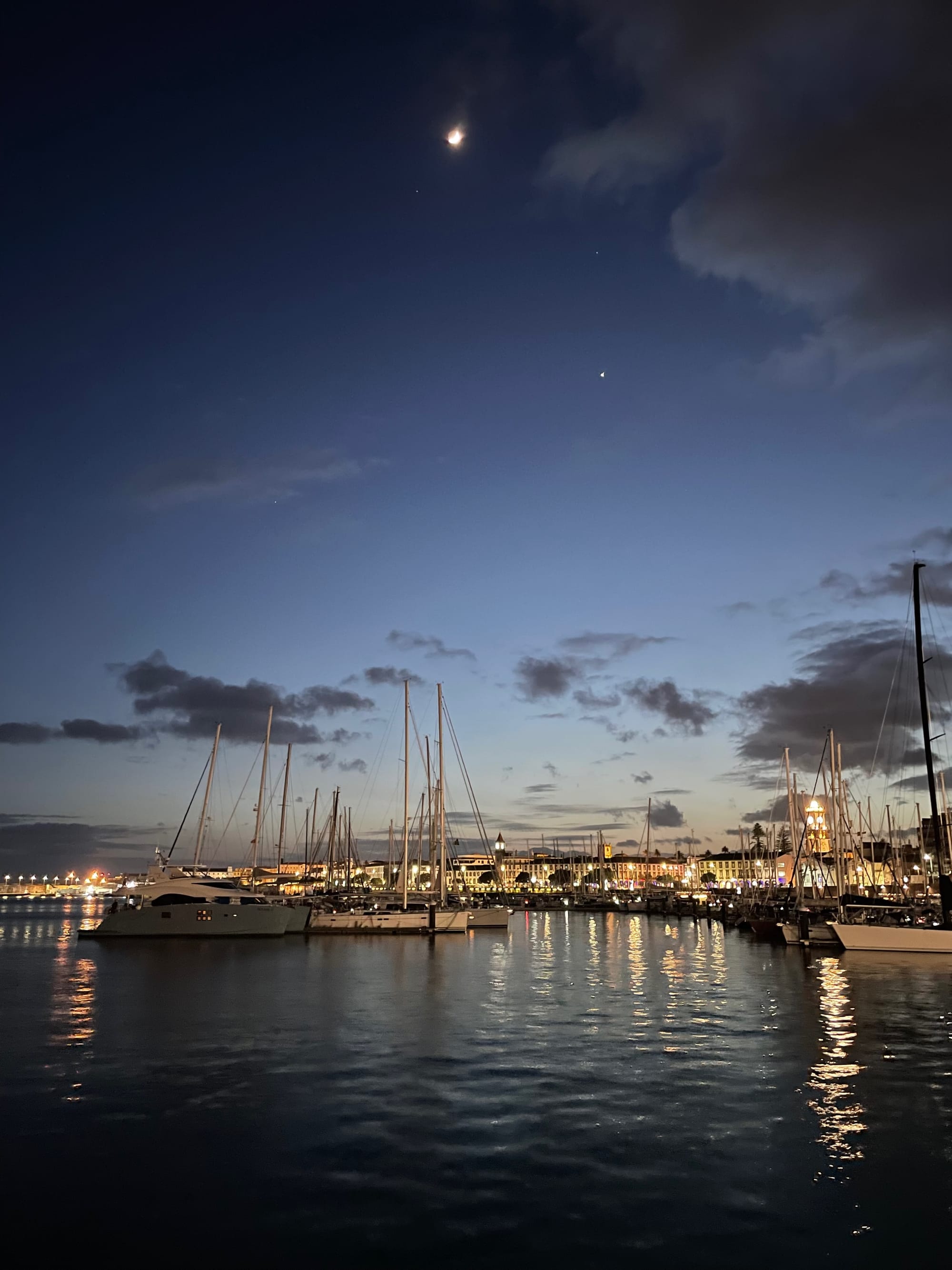
Azorean living.
The Azores are still an under-the-radar destination. Despite Lonely Planet awarding them "the most beautiful place on Earth" back in 2016, airlines and foreign tourists don’t often list them as their go-to destination. Why is this place often overlooked—unknown to many travelers and nomads?
I first came here in the summer of 2022, then returned twice during 2023, and now I’m back for the rest of 2024. I have not seen much change on the island when it comes to new development or preservation of its areas. One thing that stands out is the dedication of the local government to ecological measures and sustainable tourism. Unlike other European destinations, they’ve built their tourism strategy on sustainability. They’ve been awarded multiple prizes from world-renowned organizations for their efforts.
Whale watching, hiking, surfing, free diving, trail running, sailing, meditating—name an outdoor activity, and you’ll find your tribe for it in the Azores. Obviously, some activities may be dependent on the weather and season, but you will not be bored.
The Azorean islands are generally divided into three groups: Eastern, Middle, and Western.
The Eastern Azores are dominated by the island of São Miguel, the largest and most populated island, and Santa Maria, which is smaller and known for its warm weather and sandy beaches. São Miguel offers geothermal activity, beautiful lakes like Sete Cidades, and lush landscapes.
The Middle Azores include Pico, home to Portugal’s highest mountain; Faial, known for its marina and the famous Capelinhos volcano; Terceira, with its rich history and colourful city of Angra do Heroísmo; and São Jorge, which is famous for its "fajãs" (flat coastal areas). Graciosa is the quietest, known for its thermal waters and vineyards.
The Western Azores, Flores and Corvo, are the most remote and wild, with Flores boasting stunning waterfalls and Corvo being the smallest and least inhabited.
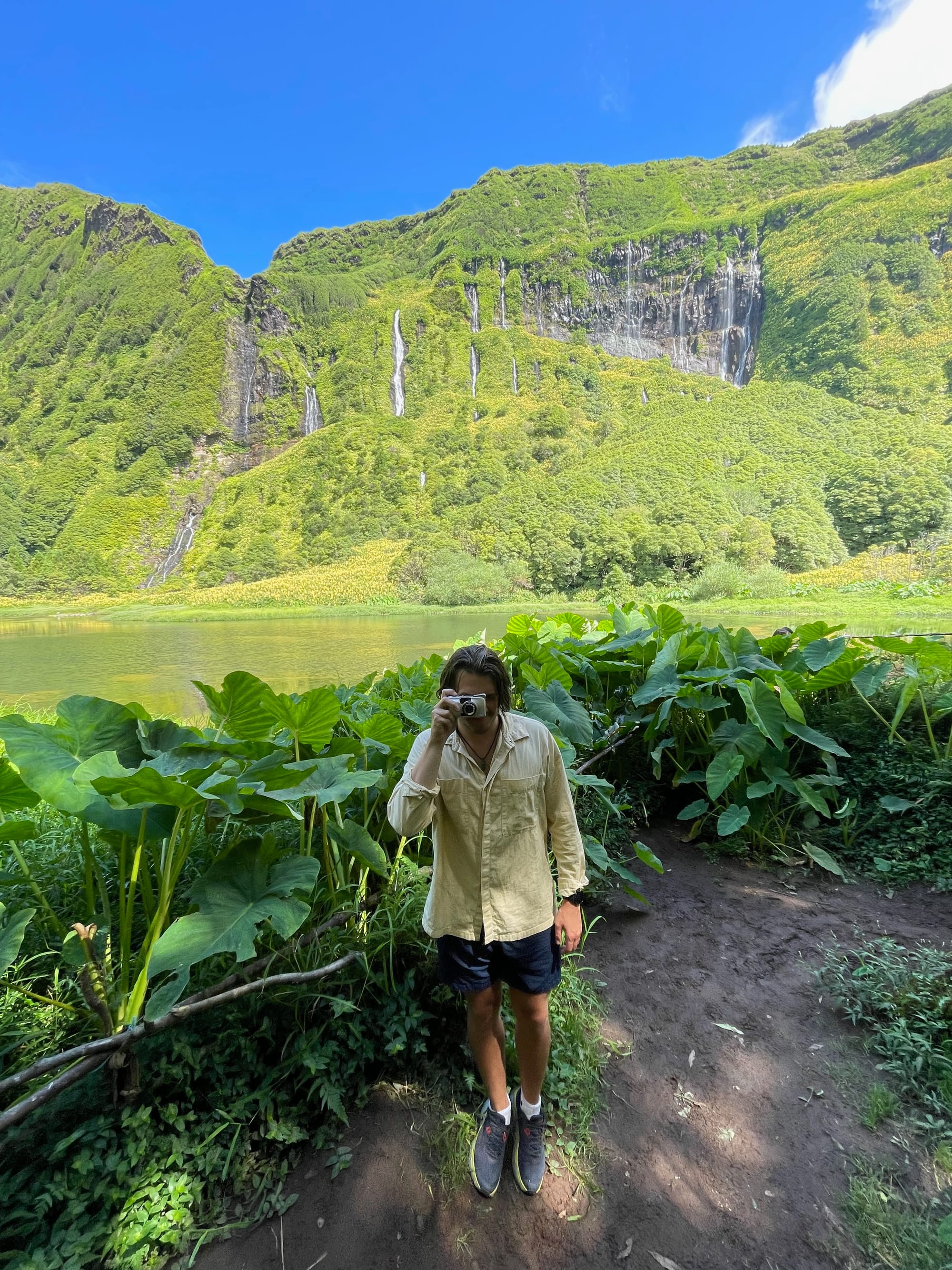
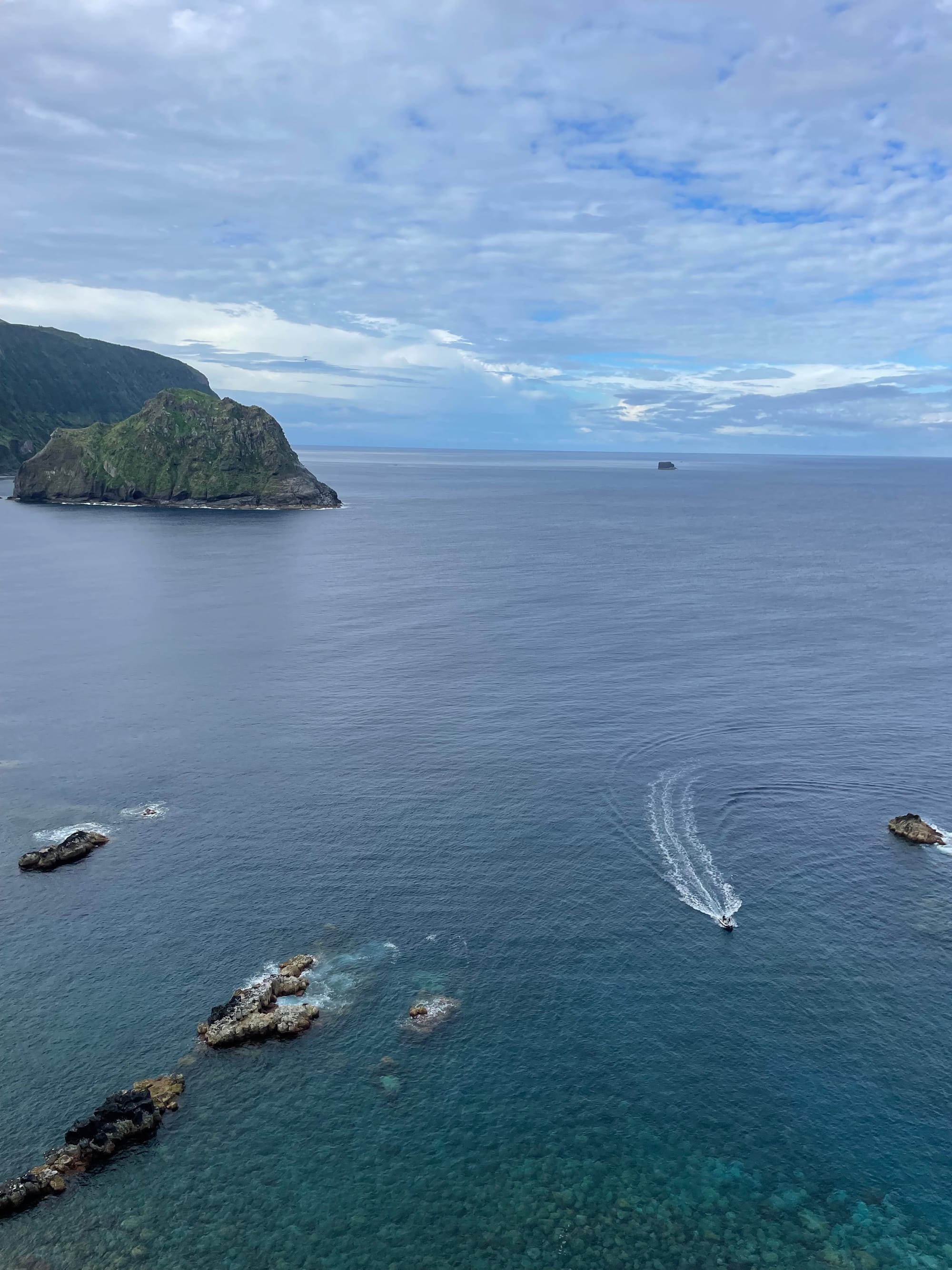
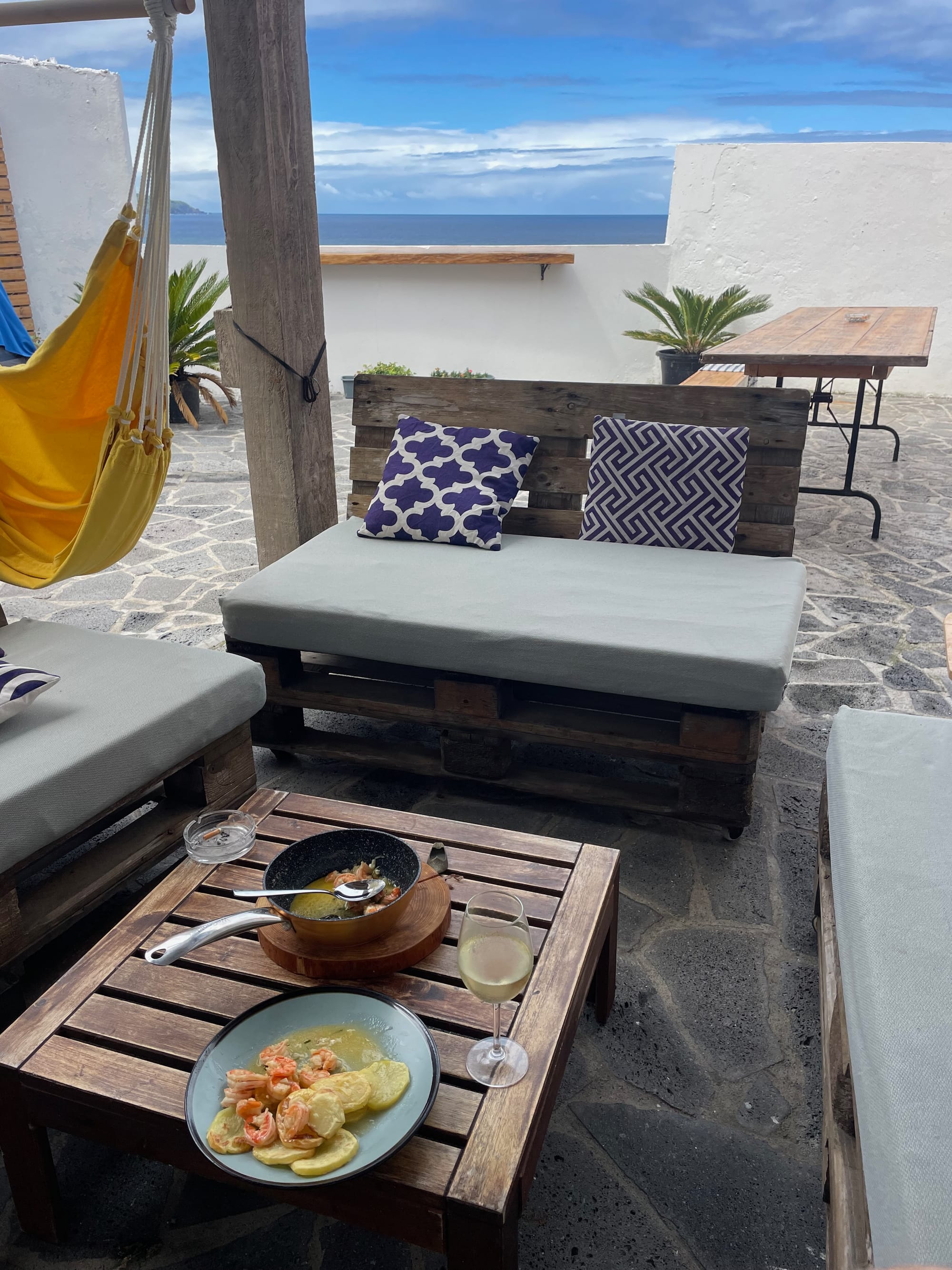
Flores & fresh shrimps at São Miguel.
The most visited islands are São Miguel, Pico, and Faial, due to their accessibility and attractions. The only way to get around the islands are flights operated by local airlines - SATA.
São Miguel, often called “The Green Island,” is about 745 km² and has around 140,000 inhabitants. It’s known for its geothermal activity, with hot springs scattered around the island. A fun historical fact: the island became crucial during World War II as an important refuelling station for Allied planes crossing the Atlantic.
It also poses one of the only tea plantations in Europe, producing black and green tea. São Miguel is also unique for its cuisine, featuring dishes like cozido das furnas (a stew cooked underground using geothermal heat), fresh seafood, juicy steaks, and rich local wines.
São Miguel has slowly but surely been becoming a go-to destination for digital nomads. While the community on the island is still in its early days, it's becoming wider and bigger. Currently, the island boasts three coliving spaces: Dwell, Novovento, and Lava. In addition, the Facebook and WhatsApp groups for expats and nomads in the Azores are very lively, offering opportunities to socialize with fellow expatriates. If you want to be more in touch with locals, language won’t be an issue. The majority of people in São Miguel and the Azores in general speak fluent English.
One thing not to be underestimated is the timezone of the Azores—UTC–01:00. This means you are two hours behind CET, one hour behind UTC, and four hours ahead of EST, offering flexibility when working with clients or companies from the EU, US, or UK.
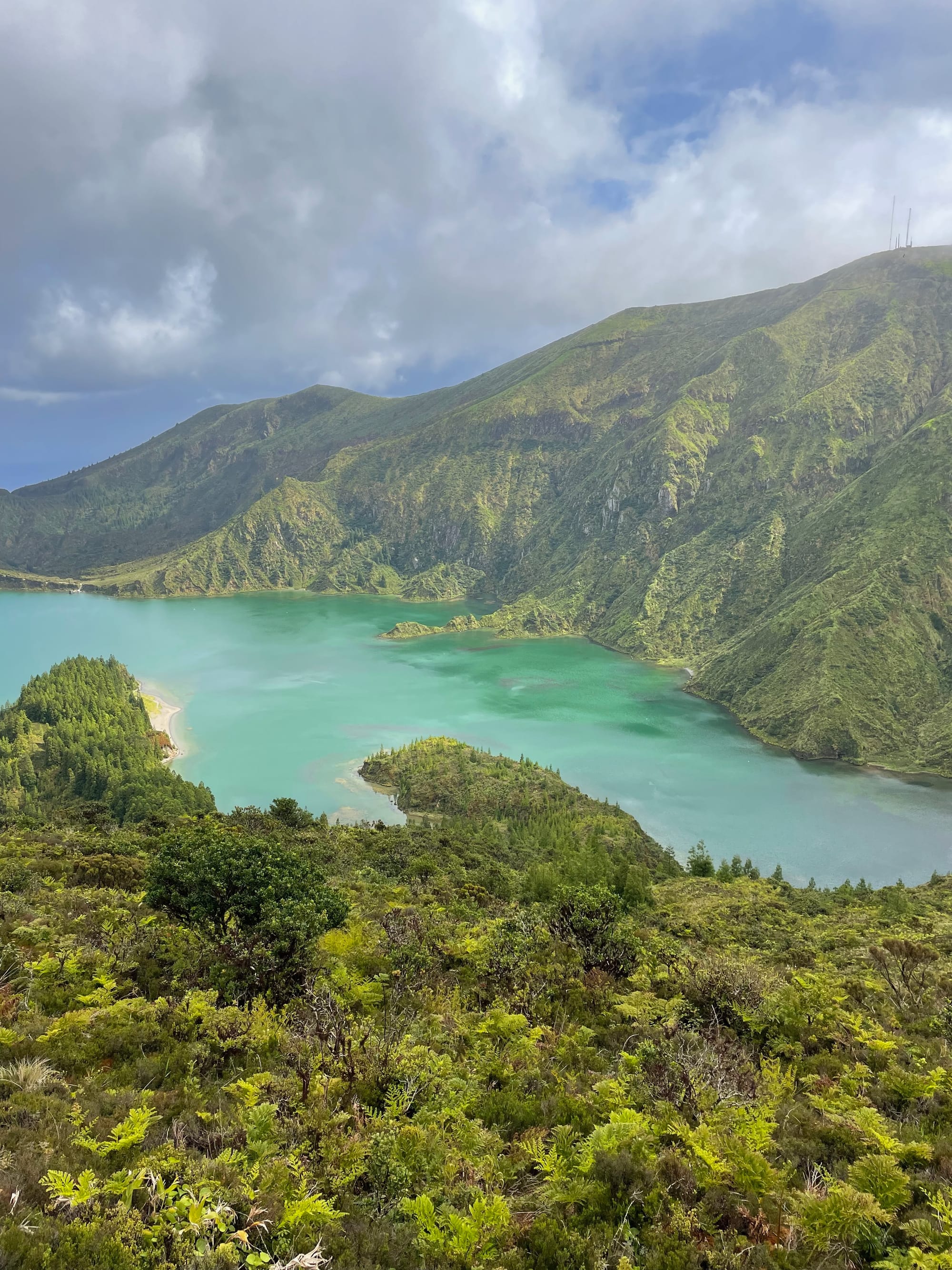
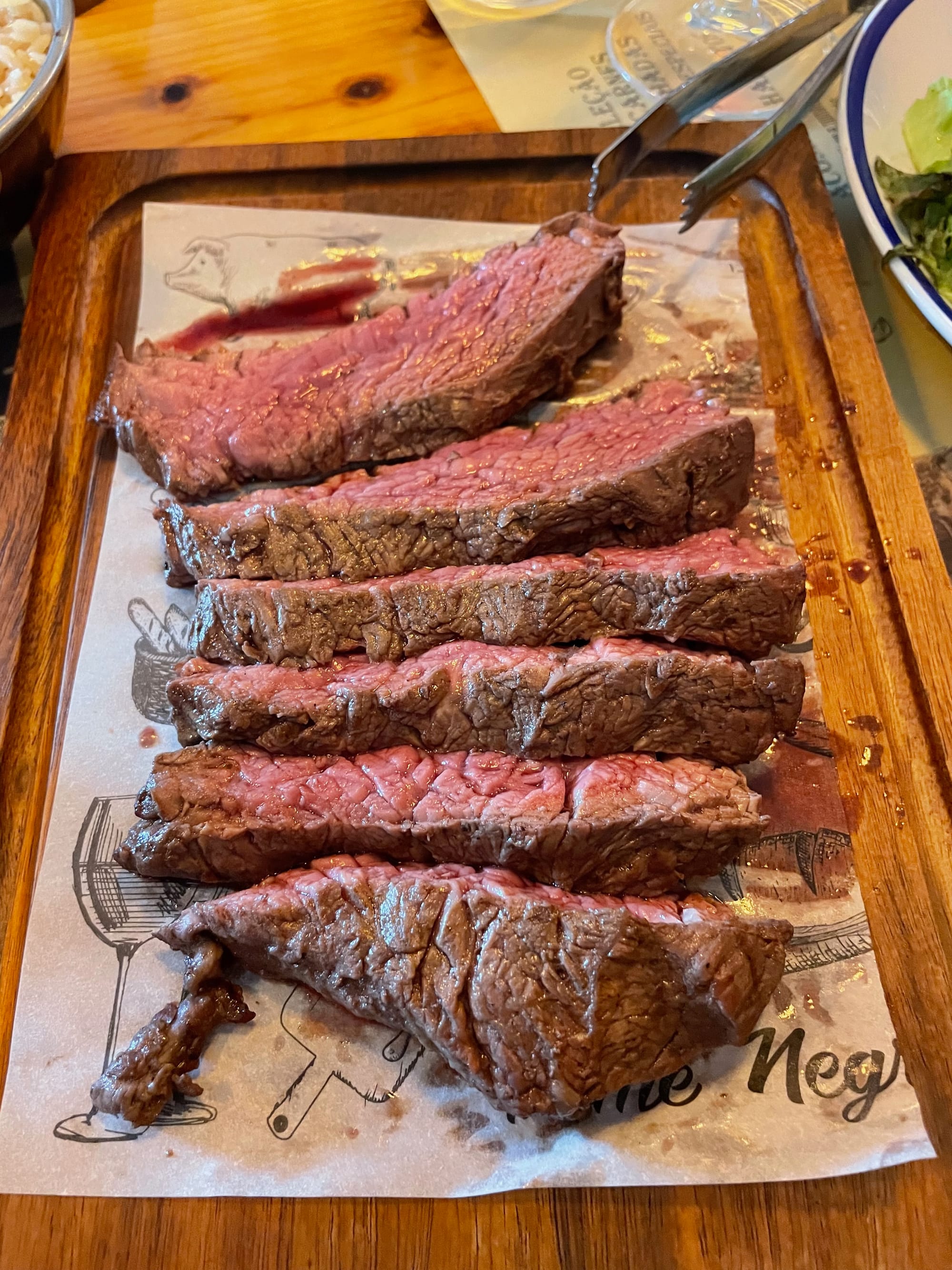
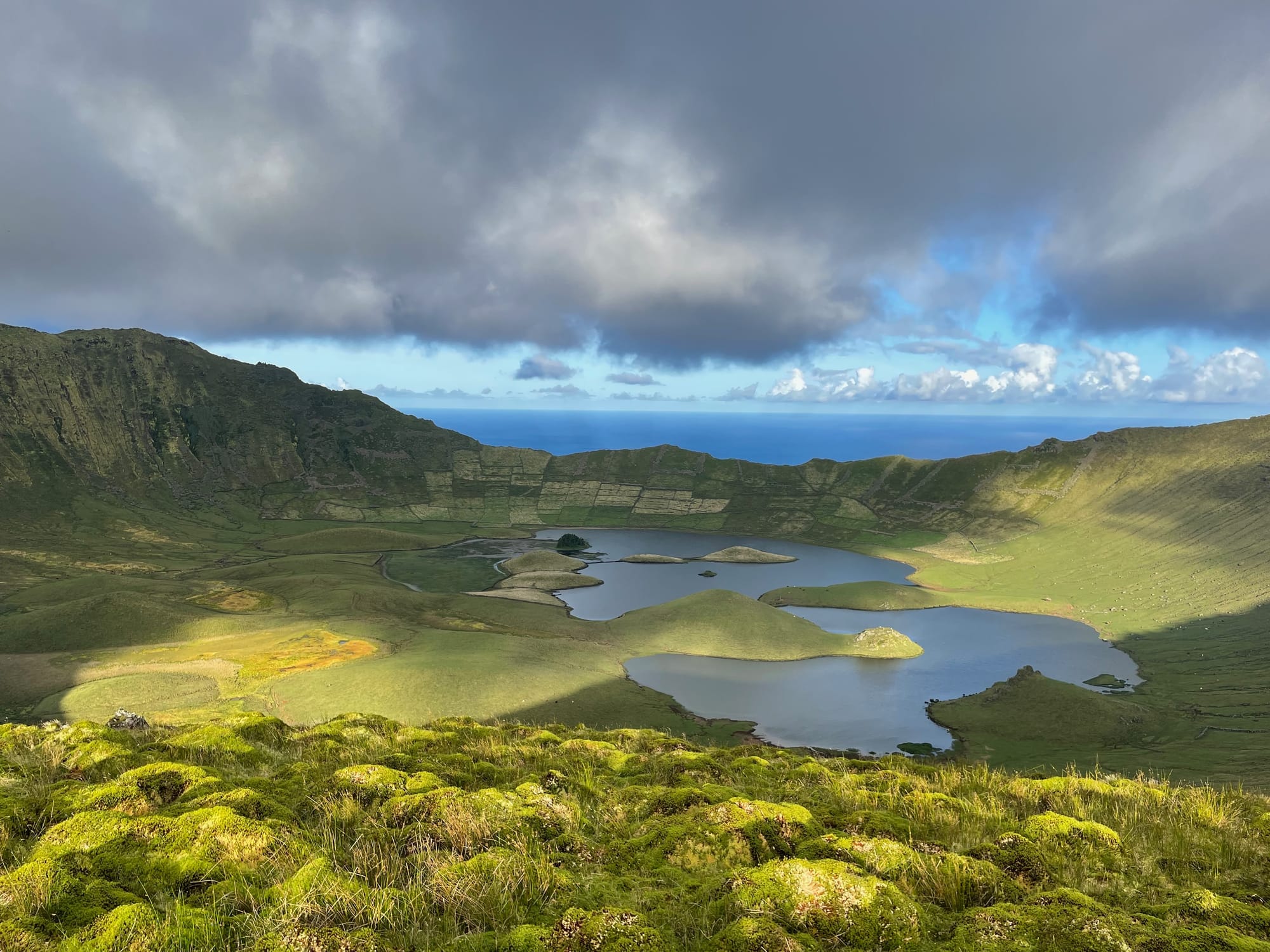
More of Azorean living.
Why do I come back to São Miguel regularly?
My frequent visits first started simply because I liked the place. As with any nomad, I return to places where I had a good time. Over time, I became more interested in the real estate market and the potential for a great nomad base. Like many nomads, at one point, you start craving more stability. While that may or may not mean settling down long-term in one place, for me, São Miguel has become a place where I could spend a certain period every year. This motivated me to start a project with two friends of mine—an outdoor sports-themed coliving house for digital nomads. As you can imagine, time has its flow on these islands, so the process is taking longer than anticipated. As time goes by, you will hear more about it in this newsletter, too.
And why a base in the Azores & Sao Miguel specifically? Why not? It’s a place directly connected to multiple European and North American cities. A place where one can eat healthy, tasty food and drink world-class wine. A place where you feel almost no pressure to do things. It’s laid-back yet productive.
The beauty of the Azores lies in its imperfection. The weather may be more stable in Tenerife, the peaks more dramatic in Madeira, or the waves better in continental Portugal, but the feeling of remoteness, mystique, and quiet makes it one of the most charming destinations anyone can visit.
